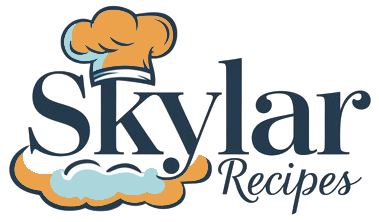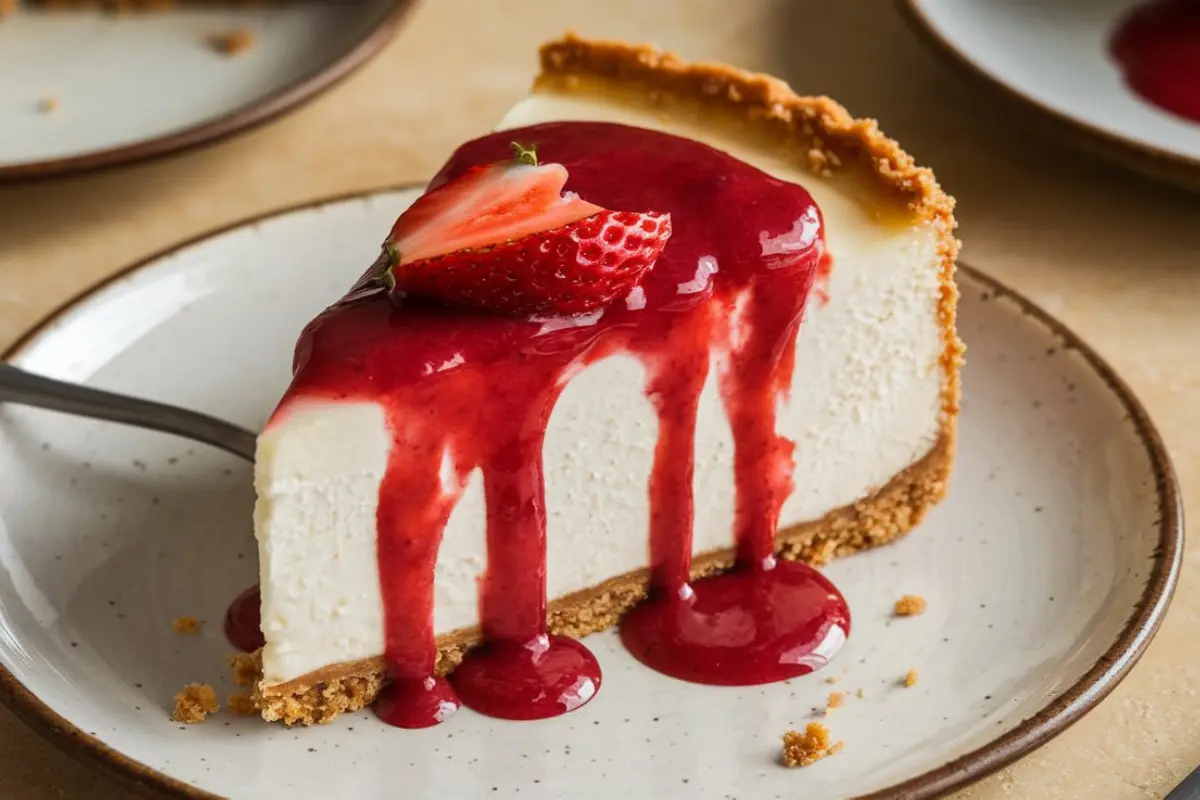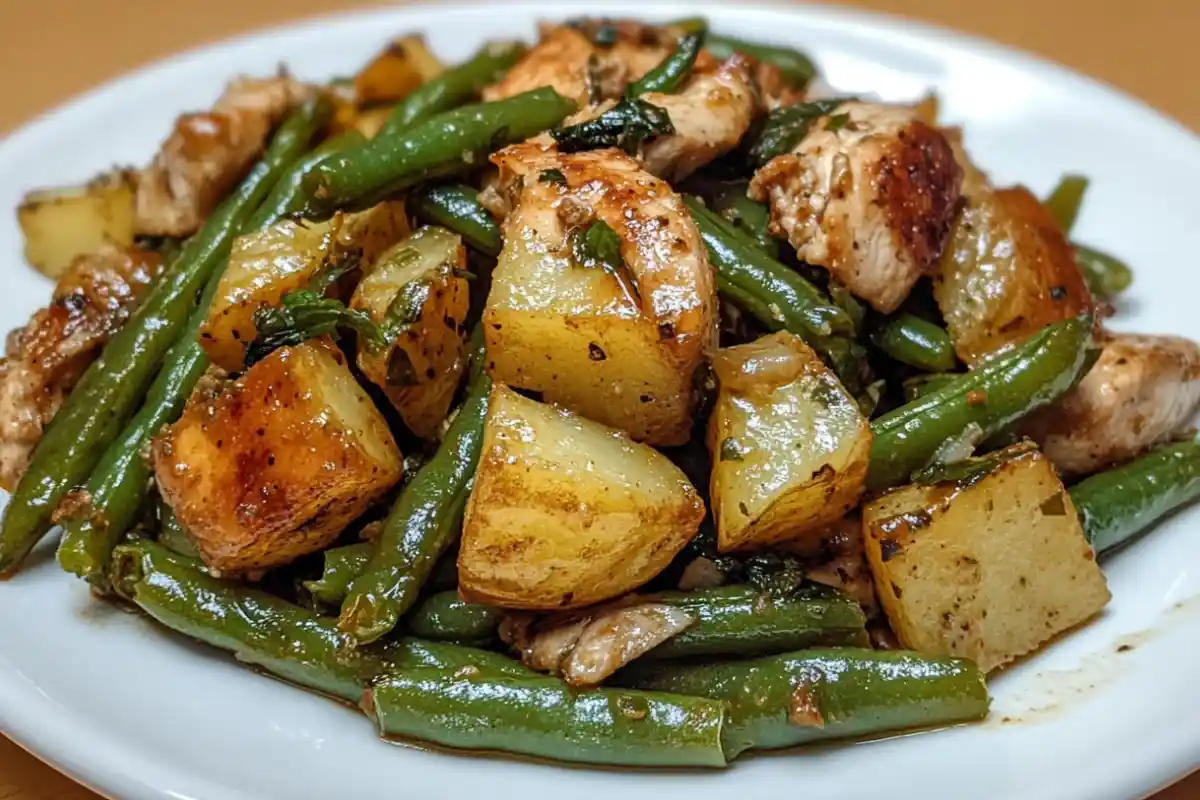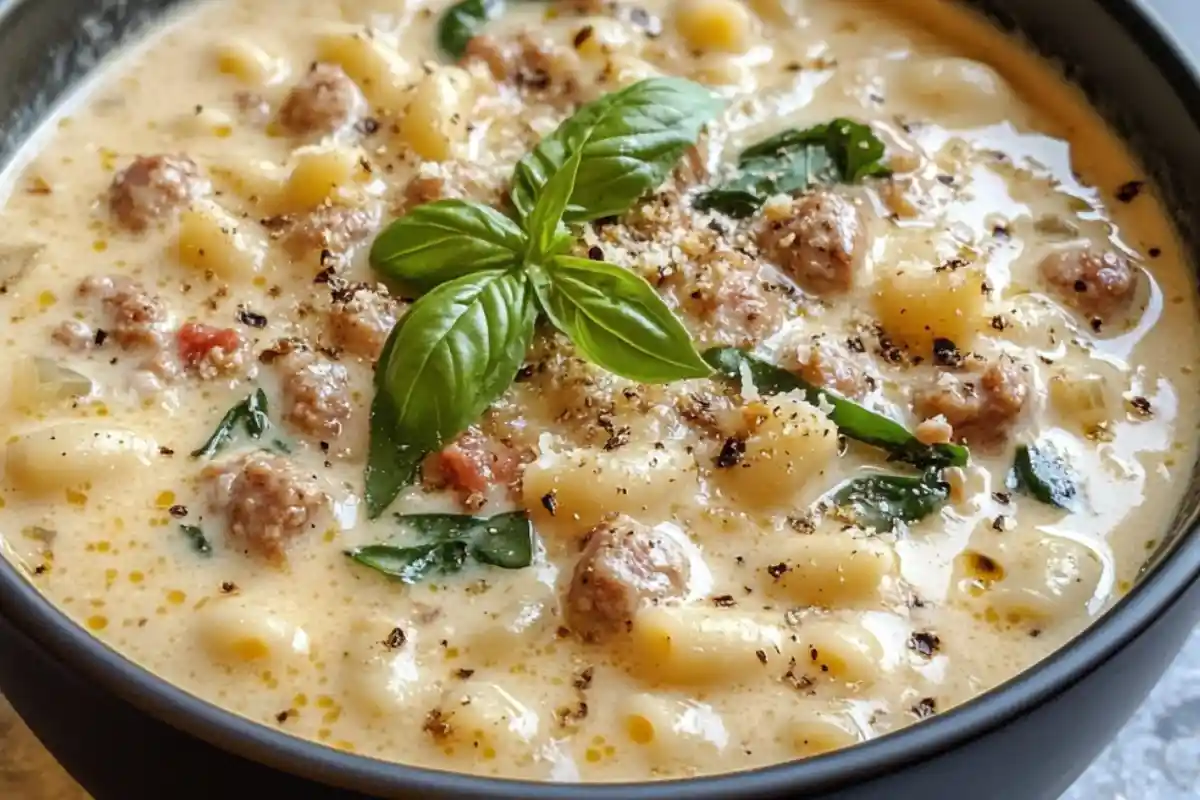When it comes to making the perfect cheesecake, the key lies in the ingredients and technique. This Philadelphia cheesecake recipe is crafted with care to ensure that every slice is a masterpiece. Whether you’re a seasoned baker or a newbie in the kitchen, this guide will take you through each step, ensuring your cheesecake turns out flawlessly every time.
The History of Philadelphia Cheesecake
Before diving into the recipe, let’s take a brief look at the history of this delectable dessert. Cheesecake dates back to ancient Greece, but the Philadelphia-style cheesecake we know and love today has a much more recent origin. The name “Philadelphia” doesn’t refer to the city but rather to the brand of cream cheese that has become synonymous with this rich dessert. Kraft Foods introduced Philadelphia Cream Cheese in 1872, and it quickly became the gold standard for cheesecakes.
Philadelphia cheesecake is characterized by its creamy texture, thanks to the high-fat content of the cream cheese. Unlike other cheesecakes that may use ricotta or cottage cheese, the Philadelphia version relies solely on cream cheese for its richness.
Ingredients Needed for the Philadelphia Cheesecake Recipe
Essential Ingredients
To make the classic Philadelphia cheesecake recipe, you’ll need the following ingredients:
- Philadelphia Cream Cheese: 4 packages (8 oz each), softened
- Granulated Sugar: 1 cup
- Vanilla Extract: 1 teaspoon
- Eggs: 4 large
- Graham Cracker Crumbs: 1 ½ cups
- Unsalted Butter: ¼ cup, melted
- Sour Cream: 1 cup (optional, for a richer texture)
- Salt: A pinch (optional)
Optional Ingredients for Variations
If you’re looking to add a twist to your cheesecake, consider these optional ingredients:
- Chocolate Chips: 1 cup, for a chocolate swirl cheesecake
- Fresh Berries: 1-2 cups, for a fruity topping
- Lemon Zest: 1 teaspoon, for a citrusy kick
- Crushed Nuts: ½ cup, for added texture in the crust
Preparing Your Ingredients: Tips and Tricks
Selecting the Right Cream Cheese
The star of this recipe is undoubtedly the cream cheese. Using Philadelphia Cream Cheese ensures a consistent, rich flavor and texture. Make sure to use full-fat cream cheese for the best results. Avoid low-fat or whipped versions, as they can alter the cheesecake’s consistency.
The Importance of Room Temperature Ingredients
One of the secrets to a smooth cheesecake filling is using room temperature ingredients. Cold cream cheese can lead to lumps in your batter, which can affect the texture of your cheesecake. Allow your cream cheese, eggs, and other refrigerated ingredients to sit at room temperature for about 30 minutes before you start mixing.

The Perfect Graham Cracker Crust
A great cheesecake starts with a great crust. The classic graham cracker crust is simple to make but adds a delicious contrast to the creamy filling.
Ingredients for the Crust
- Graham Cracker Crumbs: 1 ½ cups
- Unsalted Butter: ¼ cup, melted
- Granulated Sugar: 2 tablespoons
Step-by-Step Crust Preparation
- Mix the Ingredients: Combine the graham cracker crumbs, melted butter, and sugar in a bowl. Stir until the mixture resembles wet sand.
- Press into the Pan: Pour the crumb mixture into a 9-inch springform pan. Use the back of a spoon or a flat-bottomed glass to press the crumbs evenly across the bottom and slightly up the sides.
- Pre-Bake the Crust: Bake the crust in a preheated oven at 325°F (163°C) for about 10 minutes. This helps to set the crust, ensuring it stays firm when the cheesecake is added.
Creating the Cheesecake Filling
Mixing the Cream Cheese
Start by beating the softened cream cheese in a large mixing bowl. Use a hand mixer or stand mixer on medium speed until the cream cheese is smooth and creamy. This step is crucial for ensuring a lump-free cheesecake.
Adding Sugar and Flavorings
Gradually add the granulated sugar, continuing to beat the mixture until it’s fully incorporated. Add the vanilla extract and a pinch of salt if desired. These ingredients enhance the flavor of the cheesecake, making it taste rich and delicious.
Incorporating Eggs Properly
Add the eggs one at a time, beating on low speed until each egg is fully incorporated before adding the next. Overbeating the eggs can incorporate too much air into the batter, which can cause the cheesecake to crack as it bakes.
Baking Your Philadelphia Cheesecake recipe
Setting the Oven Temperature
Preheat your oven to 325°F (163°C). Baking at a lower temperature helps to prevent the cheesecake from cracking.
Baking Time and Techniques
Pour the cheesecake filling over the pre-baked crust, spreading it evenly with a spatula. Place the springform pan on a baking sheet to catch any potential drips. Bake the cheesecake for 55-70 minutes, or until the center is almost set but still slightly jiggly.
How to Avoid Cracks in Your Cheesecake
To avoid cracks, do not overbake the cheesecake. Also, consider baking the cheesecake in a water bath. Wrap the bottom of the springform pan in aluminum foil and place it in a larger pan filled with about 1 inch of hot water. The steam from the water bath helps the cheesecake bake evenly, reducing the risk of cracks.
Cooling and Setting the Cheesecake
The Importance of Proper Cooling
Once the cheesecake is done baking, turn off the oven and crack the door open. Let the cheesecake cool in the oven for about 1 hour. This slow cooling process helps prevent cracks from forming on the surface.
Tips for Refrigeration and Serving
After cooling in the oven, remove the cheesecake and let it cool completely at room temperature. Then, cover it with plastic wrap and refrigerate for at least 4 hours, preferably overnight. This allows the flavors to meld and the texture to set perfectly.
Toppings and Garnishes for Your Cheesecake
Classic Toppings
For a traditional look, top your cheesecake with a layer of sour cream or fresh berries. You can also drizzle it with a fruit compote or a simple raspberry sauce.
Creative Garnishing Ideas
Get creative with your toppings! Try a caramel drizzle, chocolate ganache, or even a sprinkle of sea salt for a sweet and salty combination. Crushed nuts, shaved chocolate, or a dusting of powdered sugar can add a final touch of elegance.
Variations on the Classic Philadelphia Cheesecake Recipe
Chocolate Swirl Cheesecake
For a decadent twist, melt some chocolate chips and swirl them into the cheesecake batter before baking. The result is a beautiful marbled effect with rich chocolate flavor.
Fruit-Topped Cheesecake
Add a burst of freshness with a layer of fruit on top of your cheesecake. Strawberries, blueberries, or raspberries work well, especially when paired with a glaze to enhance their natural sweetness.
No-Bake Philadelphia Cheesecake recipe
If you’re short on time or want a lighter option, try a no-bake version of this recipe. Simply skip the eggs and bake time, and let the cheesecake set in the refrigerator. You can even experiment with different crusts, like crushed cookies or nuts.
Troubleshooting Common Cheesecake Issues
Dealing with Cracks
If your cheesecake does crack, don’t worry! You can easily cover it with a topping or whipped cream. Cracks often occur due to overbaking or cooling the cheesecake too quickly.
Fixing a Runny Cheesecake
A runny cheesecake might indicate that it wasn’t baked long enough. If you notice this before the cheesecake has fully cooled, you can return it to the oven for a few more minutes. However, avoid overbaking, which can lead to dryness.
Overcoming Overbaking
Overbaking can result in a dry, crumbly cheesecake. To avoid this, keep an eye on the cheesecake during the last few minutes of baking. Remember, the center should still be slightly jiggly when you remove it from the oven.
Serving Suggestions and Pairings
Perfect Drinks to Pair with Cheesecake
Cheesecake pairs beautifully with a variety of beverages. Coffee and espresso are classic choices, as their bitterness balances the sweetness of the cheesecake. For something more celebratory, try a glass of champagne or dessert wine.
Side Dishes and Additional Dessert Options
For a full dessert spread, consider serving your cheesecake alongside fresh fruit, a light sorbet, or a tangy lemon tart. These options provide a refreshing contrast to the rich, creamy cheesecake.

Storing and Freezing Your Cheesecake
How to Store Cheesecake ?
Store your cheesecake in the refrigerator, covered with plastic wrap or in an airtight container. It will stay fresh for up to 5 days.
Freezing Tips for Longevity
To freeze cheesecake, first, let it cool completely. Then, wrap it tightly in plastic wrap followed by aluminum foil. It can be frozen for up to 3 months. When ready to serve, thaw it in the refrigerator overnight.
This Philadelphia cheesecake recipe is the perfect blend of simplicity and elegance. Whether you’re baking for a special occasion or just indulging your sweet tooth, this cheesecake is sure to impress. The rich, creamy texture and deliciously smooth flavor make it a favorite among dessert lovers everywhere. With the tips and techniques outlined above, you’re well on your way to creating a cheesecake that’s as beautiful as it is delicious.
FAQs About Philadelphia cheesecake recipe
Cheesecake can last up to 5 days in the refrigerator if stored properly in an airtight container.
Yes, you can freeze your cheesecake for up to 3 months. Just wrap it tightly in plastic wrap and aluminum foil to prevent freezer burn.
To prevent cracks, bake the cheesecake at a low temperature, avoid overmixing the batter, and cool it slowly in the oven after baking.
To make a gluten-free cheesecake, simply use gluten-free graham crackers or cookies for the crust.
Philadelphia Cream Cheese is a popular choice because of its smooth texture and rich flavor, but other full-fat cream cheese brands can also work well in this recipe.





